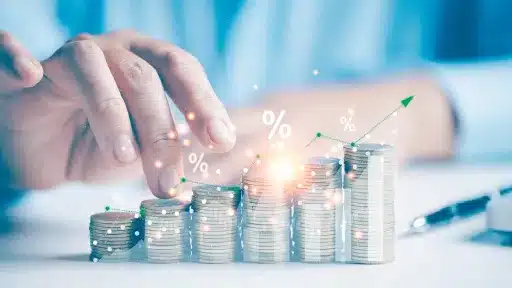In today’s evolving financial landscape, understanding how does cash back work is more relevant than ever. With consumers looking to stretch every dollar, cash back rewards have become a popular way to earn money on everyday purchases. But how exactly does cash back work, and why should you consider incorporating it into your spending habits? This article explores the mechanics behind cash back programs and shows you how to maximize your benefits in a smart, rewarding way.
How Does Cash Back Work: A Simple Explanation
Cash back is a type of financial incentive provided by credit card companies, banks, and retailers to encourage spending. When you make purchases using a cash back credit card or through specific programs, a percentage of the amount spent is returned to you either as a statement credit, direct deposit, or rewards points that can be redeemed for cash.
The concept is straightforward: the more you spend at participating merchants or categories, the higher the potential cash back you can earn. Typically, this percentage ranges from 1% to 5%, but some cards offer even higher rates for certain categories such as groceries, gas, or dining.
Key Components of Cash Back Programs
- Cash Back Rate: The percentage of your purchase amount you get back.
- Eligible Purchases: Certain categories or merchants where you earn cash back.
- Redemption Options: How you can claim or use your cash back rewards.
- Limits and Caps: Some programs limit the amount of cash back you can earn.
How Does Cash Back Work in Credit Cards?
Most commonly, cash back rewards are offered through credit cards. Here’s how they usually function:
- When you use a cash back credit card, each purchase earns you a percentage back based on the card’s reward structure.
- These rewards accumulate over the billing cycle and appear in your rewards balance.
- Once accumulated, you can redeem your cash back as a statement credit, direct deposit to your bank account, gift cards, or even invest it through partner platforms.
- Some cards have tiered rewards where different categories have varying cash back rates.
Example:
If your card offers 2% cash back on groceries and you spend $200 at the supermarket, you’ll earn $4 in cash back rewards for that transaction.
How Retailers and Banks Make Cash Back Possible
Cash back may seem like free money, but it’s actually part of a larger ecosystem involving merchants, banks, and card networks:
- Merchant Fees: Retailers pay a transaction fee to credit card networks and banks for every purchase. A portion of this fee is used to fund cash back rewards.
- Card Issuer Agreements: Banks negotiate deals with merchants and network providers to offer specific cash back rates as a marketing tool to attract customers.
- Encouraging Spending: Cash back incentives increase card usage, which benefits banks through interest and fees, making the program profitable overall.
Important Considerations
- Interest Charges: Carrying a balance on your cash back card could negate rewards earned due to interest costs.
- Annual Fees: Some cash back cards charge yearly fees that may offset the value of your rewards if you don’t use them enough.
- Limitations: Categories and caps can limit your earnings; it’s essential to understand your card’s terms.
How to Maximize Cash Back Benefits
To truly benefit from cash back rewards, consider these tips:
- Choose the Right Card: Pick a card that aligns with your spending habits and offers high cash back rates in categories you use most.
- Use Multiple Cards: Having different cards for different spending categories can boost your overall cash back.
- Stay Within Budget: Avoid overspending just to earn rewards; cash back only helps if you spend responsibly.
- Pay Balances in Full: Avoid interest charges by paying your statement in full every month.
- Keep Track of Limits and Expiration: Some rewards expire or have caps, so monitor your rewards balance and redemption deadlines.
Conclusion
Understanding how does cash back work is essential for modern consumers looking to maximize their purchasing power. Cash back programs offer a practical way to earn rewards on everyday spending, effectively saving or earning money passively. By choosing the right programs and using them wisely, you can turn regular expenses into lucrative opportunities, making your financial landscape smarter and more rewarding.


